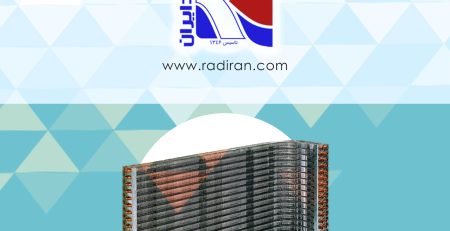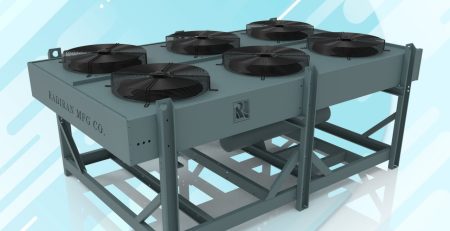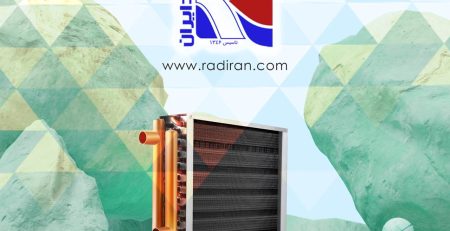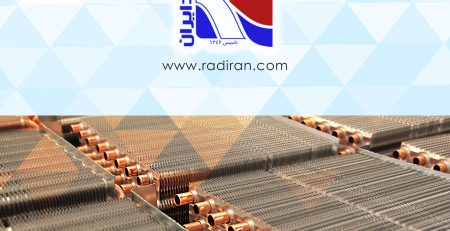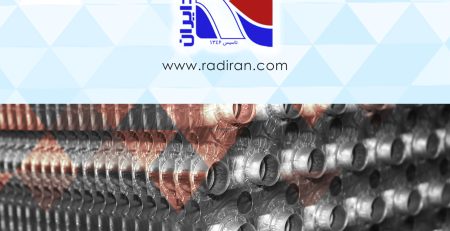Fin Tube Coils Manufacturing Process
1. Material Selection:
– Choose the base material for tubes and fins based on factors such as thermal conductivity, corrosion resistance, and compatibility with the working fluid and environmental conditions. There are distinct choices for each part such as Copper or Stainless Steel for tubes, and for fins we can choose between Copper and Aluminum.
2. Tube and Fin Design:
– Optimize the design of tubes and fins to meet the specific heat transfer requirements of the application. Consider parameters like tube diameter, fin geometry, and spacing for efficiency.
3. Fin Attachment Method:
– Select an appropriate method for attaching fins to tubes. Common methods include extrusion bonding, mechanical expansion, or welding. The chosen method should ensure a secure and durable connection. Mechanical expansion is the best choice considering the durability and reliability.
4. Tube Bending Precision:
– Ensure precision in tube bending to achieve the intended coil shape. Accurate bending is crucial for both functional performance and ease of installation.
5. Header Design and Fabrication:
– Design headers that facilitate fluid distribution and collection efficiently. Headers should be fabricated to securely connect with the coil, ensuring proper fluid circulation. Headers could be designed with Copper or Iron.
6. Assembly
Assemble the tube and fin components, ensuring that fins are securely attached to the tubes. This may involve joining the coil to headers and incorporating any additional features or components.
7. Quality Control Measures:
– Implement robust quality control procedures to check for dimensional accuracy, material integrity, and overall structural soundness throughout the manufacturing process.
8. Performance Testing:
– Subject the completed fin tube coils to performance tests. Evaluate heat transfer efficiency, pressure drop characteristics, and other relevant parameters to ensure compliance with design specifications.
9. Surface Coating or Treatment:
– Apply protective coatings or treatments to enhance the coil’s durability and resistance to corrosion. This is particularly important for coils exposed to challenging environments.
10. Adherence to Standards:
– Adhere to industry standards and regulations relevant to fin tube coil manufacturing. This includes material standards, safety regulations, and performance criteria.
11. Environmental Considerations:
– Consider the environmental impact of materials used and manufacturing processes. Opt for materials with high recyclability and implement sustainable practices where possible.
12. Packaging and Shipping:
– Develop proper packaging methods to protect fin tube coils during transportation. This includes securing components to prevent damage and ensuring that coils reach their destination in optimal condition.
By carefully addressing these factors, manufacturers can produce fin tube coils that meet high-quality standards, providing efficient and reliable heat transfer solutions for various applications.



